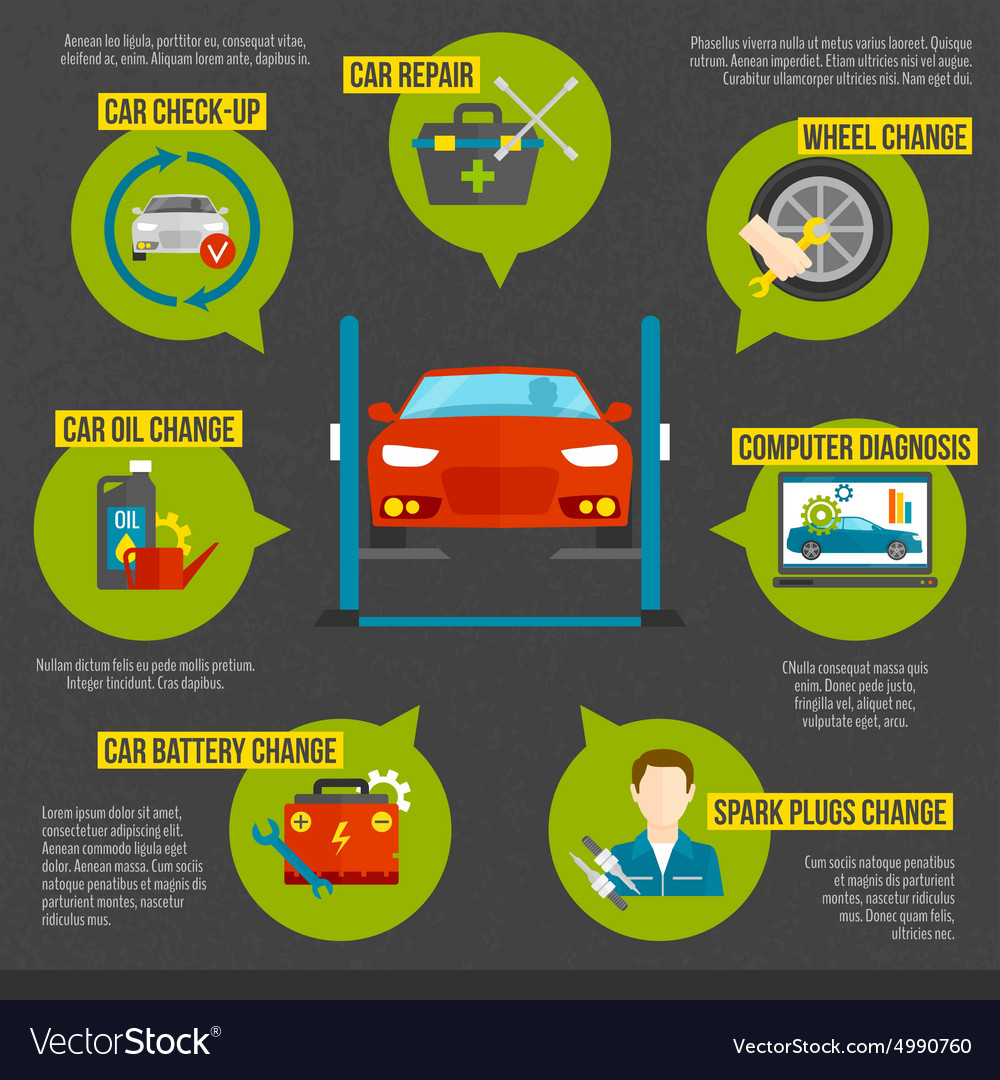Translating Your Car'S Warning Indicators: What They Absolutely Symbolize
Translating Your Car'S Warning Indicators: What They Absolutely Symbolize
Blog Article
Produced By-Sykes Alvarado
When you lag the wheel, those glowing warning lights on your control panel can be a little bit complicated. Do you know what they're trying to tell you regarding your automobile's health and wellness? Comprehending the relevance of these lights is crucial for your safety and security and the durability of your vehicle. So, the next time one of those lights appears, would not you want to understand its message precisely and take the necessary actions to address it?
Common Warning Lights and Interpretations
Identify common warning lights in your automobile and comprehend their meanings to ensure secure driving.
The most regular caution lights include the check engine light, which signals concerns with the engine or emissions system. If this light begins, it's critical to have your automobile examined promptly.
The oil pressure alerting light suggests low oil pressure, needing instant interest to prevent engine damage.
A blinking battery light could suggest a malfunctioning charging system, potentially leaving you stranded if not resolved.
The tire pressure tracking system (TPMS) light alerts you to low tire pressure, impacting lorry stability and fuel efficiency. Neglecting this might bring about hazardous driving problems.
The abdominal muscle light indicates an issue with the anti-lock stopping system, compromising your ability to stop rapidly in emergency situations.
Lastly, the coolant temperature level alerting light warns of engine getting too hot, which can result in serious damage otherwise settled promptly.
Comprehending these common warning lights will help you deal with issues without delay and maintain secure driving conditions.
Importance of Prompt Interest
Understanding the usual caution lights in your vehicle is only the first step; the relevance of immediately dealing with these warnings can not be highlighted sufficient to ensure your safety and security on the road.
When a warning light illuminates on your control panel, it's your auto's method of communicating a potential issue that requires interest. Ignoring these warnings can cause much more severe troubles down the road, compromising your security and possibly costing you a lot more in repairs.
Motivate interest to alerting lights can prevent breakdowns and accidents. As visit the next document , a blinking check engine light might indicate a misfire that, if left unattended, can trigger damage to the catalytic converter. Addressing https://brakesnearme17283.blog-kids.com/31396295/personal-narrative-upgrading-my-old-jalopy-with-a-weekend-of-outlining-work can conserve you from an expensive repair.
Similarly, a brake system cautioning light could indicate low brake liquid or used brake pads, crucial components for your safety and security when driving.
Do It Yourself Troubleshooting Tips
If you notice a warning light on your dashboard, there are a few do it yourself repairing tips you can try prior to looking for specialist aid.
The first step is to consult your car's guidebook to recognize what the particular caution light suggests. Often the concern can be as easy as a loose gas cap triggering the check engine light. Tightening the gas cap might resolve the problem.
An additional typical problem is a reduced battery, which can set off various warning lights. Checking the battery connections for rust and guaranteeing they're protected might fix the issue.
If a warning light continues, you can try resetting it by detaching the car's battery for a few mins and afterwards reconnecting it. In addition, inspecting your vehicle's liquid degrees, such as oil, coolant, and brake liquid, can aid repair advising lights related to these systems.
Final thought
To conclude, recognizing your automobile's caution lights is essential for keeping your vehicle running smoothly and safely. By quickly attending to these signals and recognizing what they suggest, you can stay clear of costly fixings and potential break downs.
Remember to consult your auto's handbook for certain details on each warning light and take action accordingly to make certain a trouble-free driving experience.
Keep informed, stay secure when traveling!
